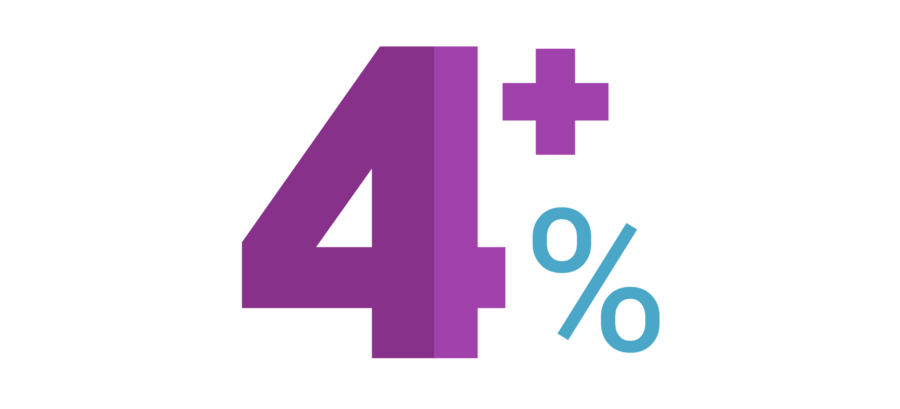
UPS Says Dividend Remains a High Priority as E-commerce Surges
United Parcel Service (UPS) has paid a stable or growing dividend for nearly 50 years. Despite COVID-19, management on Tuesday said that trend is expected to continue:
Our dividend remains a high priority and is a hallmark of our financial strength. We are confident our actions will continue to enable us to fund the business and support shareowner interest.
UPS's first-quarter earnings report showed 5% revenue growth but a 10% decline in adjusted EPS as lower-margin home deliveries swelled to nearly 70% of the firm's package volume by late March (up from around 50% historically).
Compared to commercial business deliveries, which fell significantly as nonessential stores were forced to temporarily close, residential packages are smaller (lower price) and require more frequent stops, resulting in lower margins.
As more consumers shop online, UPS expects this part of its business to remain busy, noting that through mid-April U.S. average daily volume has grown in the mid-single digits even despite major volume declines in commercial deliveries.
Management believes e-commerce demand over the next five years will probably accelerate even faster than UPS previously estimated, making the firm's ongoing investments in automation and efficiency all the more important.
However, UPS shares fell about 6% after its report, suggesting that investors were disappointed by the company's continued inability to turn higher e-commerce deliveries into higher margins.
UPS has invested significantly to improve e-commerce profitability since early 2017. Earlier this year management said that UPS's network was only about 40% automated back then but is now approaching 80%.
This will help UPS handle all the volume at a more accelerated and efficient rate going forward as it pursues an 11% long-term margin target in its U.S. business (up from 9.4% last year).
Gauging the company's success will require some patience since many of its capital-intensive investments will take time to earn a return as volumes scale, and visibility is very low in the short term.
CEO David Abney said that over his 46-year career at UPS, he has never seen the level of demand variability in the markets UPS serves and among the firm's customers that it is now experiencing.
Regardless, UPS remains on solid financial ground to get through whatever comes next. Standard & Poor's reaffirmed UPS's A credit rating following its debt issuance of $3.5 billion in March, which more than covers its maturities this year.
At the end of March, UPS also had $9.5 billion in cash on hand and another $4.5 billion of available borrowing capacity under its revolvers. Liquidity is solid.
It's also worth noting that during the 2007-09 financial crisis, which at the time management called "the worst economic environment in 70 years," UPS still generated $4.1 billion in free cash flow in 2009.
For context, the company's current dividend costs $3.5 billion.
UPS's free cash flow performance may not be as strong if we enter a severe recession this year due to its continued automation investments (which peak in 2021-22) and the shift in mix to lower-margin home deliveries.
However, the company can likely pull additional levers (defer some capex, reduce operating costs, etc.) to improve its cash flow performance if needed.
Combined with UPS's solid balance sheet, we expect the dividend to remain safe and plan to continue holding our shares of UPS in our Conservative Retirees portfolio.
While there's uncertainty over the long-term profitability that residential deliveries can achieve, the pandemic has arguably increased the importance of UPS's network and its focus on e-commerce as more shopping continues moving online. (Online shopping accounted for only 11% of total U.S. retail sales in 2019.)
As this market continues growing quickly, it could also reduce the risk of Amazon (about 12% of UPS's revenue) being able to in-source more deliveries due to the sheer amount of volume needing to be moved relative to the amount of shipping capacity available.
In fact, earlier this month Amazon halted its third-party delivery service which competes with UPS and FedEx, citing a need to handle a surge in its own customers' orders.
We are willing to remain patient as UPS continues improving its automation and route densities, which will hopefully result in higher cash flow and dividends in the years ahead.



